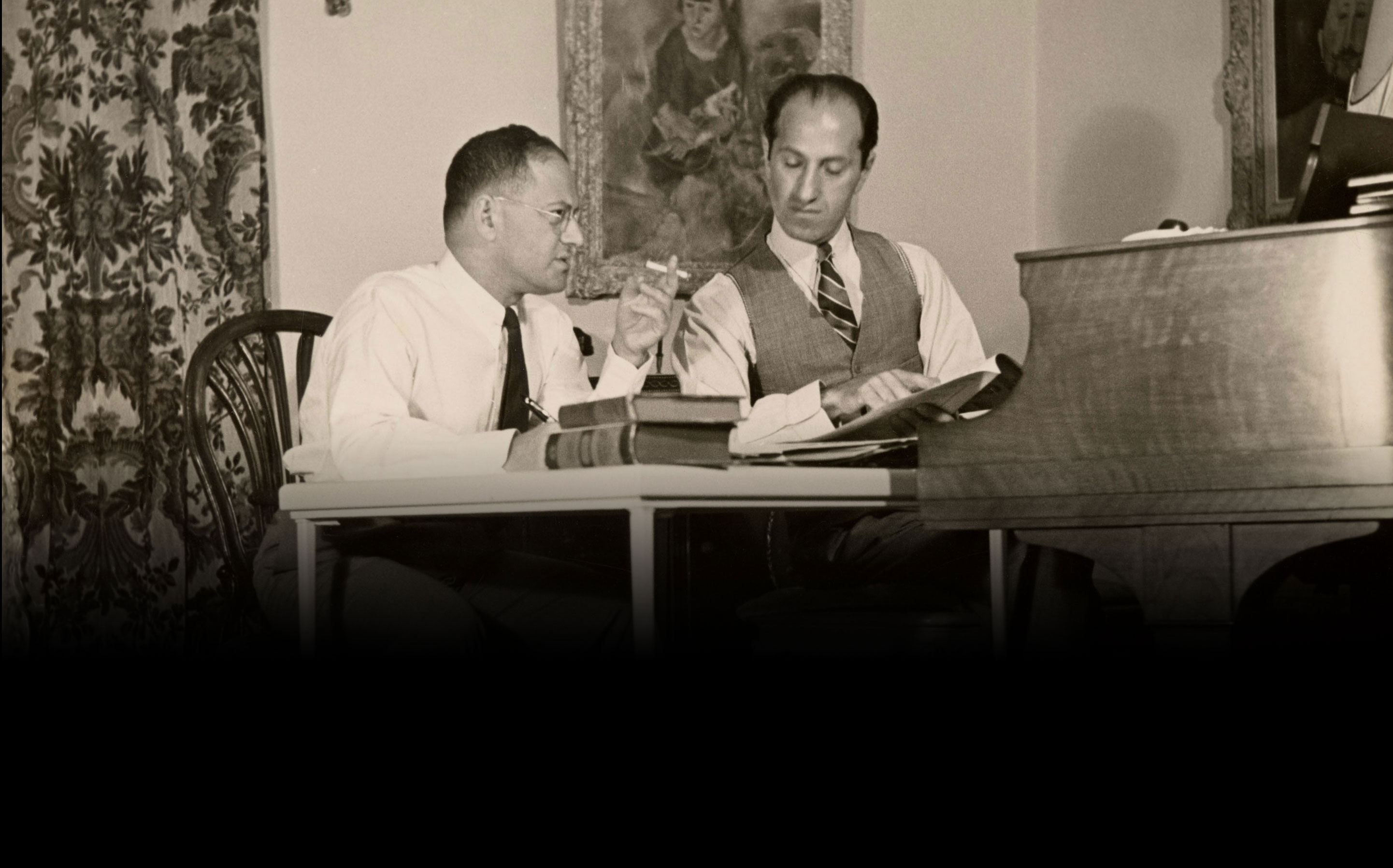“A House of Many Mansions”: Undine Smith Moore and the Fight for Black Music
“Black music is a house of many mansions. Blacks have many musics and some of them relate in an extremely universal way to the human condition,” said Undine Smith Moore, who believed strongly in the power of Black music to reveal the innermost parts of the human heart, mind, body, and soul. This post is a celebration of her life as a Black woman in America, a legacy of bravery and persistence that lives on through her music.
Known to many as the “Dean of Black Women Composers,” Undine Smith Moore (1904–1989) forged a remarkable career in composition and music education. She was born the granddaughter of slaves in the rural town of Jarratt, Virginia. She began piano lessons at seven with Lillian Allen Darden, and pursued undergraduate studies in piano, organ, and music theory at Fisk University, a historically Black institution of higher learning in Nashville, Tennessee. At 20, she became the first Fisk graduate to be awarded a scholarship by The Juilliard School. Against the advice of her mentors, Moore refused this prestigious scholarship, instead accepting an offer to join the Virginia State College of Music faculty as a piano and counterpoint instructor. Between 1929 and 1931, while holding this position, she commuted to Columbia University in New York to pursue her Master of Arts in Teaching. She remained at Virginia State until her retirement in 1972.
Undine Smith Moore co-founded and directed the Black Music Center at the Virginia State Department of Music, which brought leading Black composers, lecturers, and other musicians to the college. As Helen Walker-Hill writes in From Spirituals to Symphonies: Black Women Composers and their Music, Moore recognized the ubiquity of Black culture in American music while noting that few White Americans understood its origins. The rise of Black composers and other musicians at the peak of the Harlem Renaissance, however, inspired a new cognizance on the part of the general public regarding the role of Black musical traditions in America. Moore’s studies in New York during this period as well as her experiences in the Jim Crow South had considerable influence in her composition and teaching careers. She worked fiercely against the patriarchal, Eurocentric hierarchy in the arts by incorporating Black music in the courses she taught, and by encouraging her students to view music as a vehicle for social justice and progress. Limited access to sheet music in Virginia public schools and in her collegiate workplace inspired Moore to compose and arrange music that highlighted her students’ strengths. She wrote over 100 works, many of which were arrangements of spirituals and traditional songs she was taught in her childhood. Her most famous work, Scenes from the Life of a Martyr, is a 16-part cantata with her own libretto in honor of Dr. Martin Luther King, Jr. It premiered at Carnegie Hall in 1981 and was nominated for a Pulitzer Prize. While it is her most widely acclaimed composition, few recordings of it are accessible today.
The composer synthesized Black musical traditions in her brilliant reimaginations of spirituals, ragtime, blues, and gospel—despite significant barriers preventing Black women artists from thriving in the classical music industry. Moore was conscious of these prejudices, and spoke of her challenges as a woman Black composer: “[T]hough I have been ‘making up’ and creating music all my life, in my childhood or even in college I would not have thought of calling myself a composer.” Her work with the Black Music Center at Virginia State College of Music was mostly without assistance, and the Center closed after her retirement in 1972, indicative of a widespread lack of institutional support for the Black community. Her success is a testament to the formidable ingenuity of her work. Sadly, few musicians know her work today, though some White men who similarly synthesized Black musical traditions, including George Gershwin, are among classical music’s most celebrated artists. In spite of systemic racism and misogyny, Moore still endeavored to broaden the scope of American music to deliberately incorporate elements of Black musical traditions. Her journey of personal empowerment has inspired her students, colleagues, women, and BIPOC composers all over the world to create fearlessly.
Further Reading:
Carolina Music Museum. “Featured Composer July 2019: Undine Smith Moore (1904-1989).” https://carolinamusicmuseum.org/featured-composer-july-2019-undine-smith-moore-1904-1989.
Hill, Megan. “Undine Smith Moore.” https://www.musicbyblackcomposers.org/2017/08/25/undine-smith-moore.
Pavlenko, Anastasiia. “Before I’d Be A Slave, By Undine Smith Moore | Hidden Voices: Piano Music By Black Women Composers.” https://www.colorado.edu/project/hidden-voices/2020/04/26/id-be-slave-undine-smith-moore.
Walker-Hill, Helen. From Spirituals To Symphonies: Black Women Composers and Their Music. Urbana, IL: University of Illinois Press, 2007.




Hello!
Greetings from Minneapolis, MN. I was thrilled to come across this blog article about Undine Smith Moore. I am teaching an online class (Shining a Light on Women Composers) with my community adult treble choir this winter and was researching Ms. Moore online. My question is this… where did you get the stunningly beautiful sketched/painted portrait that is featured in this article? I used it in my slide presentation for my choir but wasn’t able to give credit for it and would like to. Do you know from where it comes? THANK YOU for this lovely article and thank you for any information on the portrait source.
All the best,
Michelle Gehrz
Minneapolis, MN
Michelle, thank you for this lovely message! The portrait was actually done by one of our blog team members, Sarah (Sam) Sisk, who has also illustrated several other posts on the blog. Hope this is helpful!